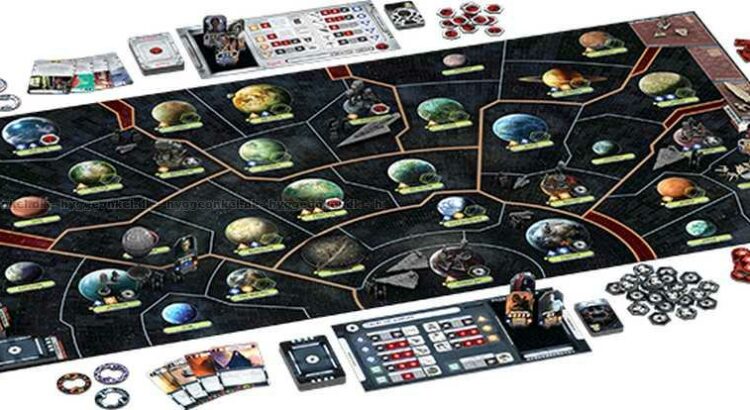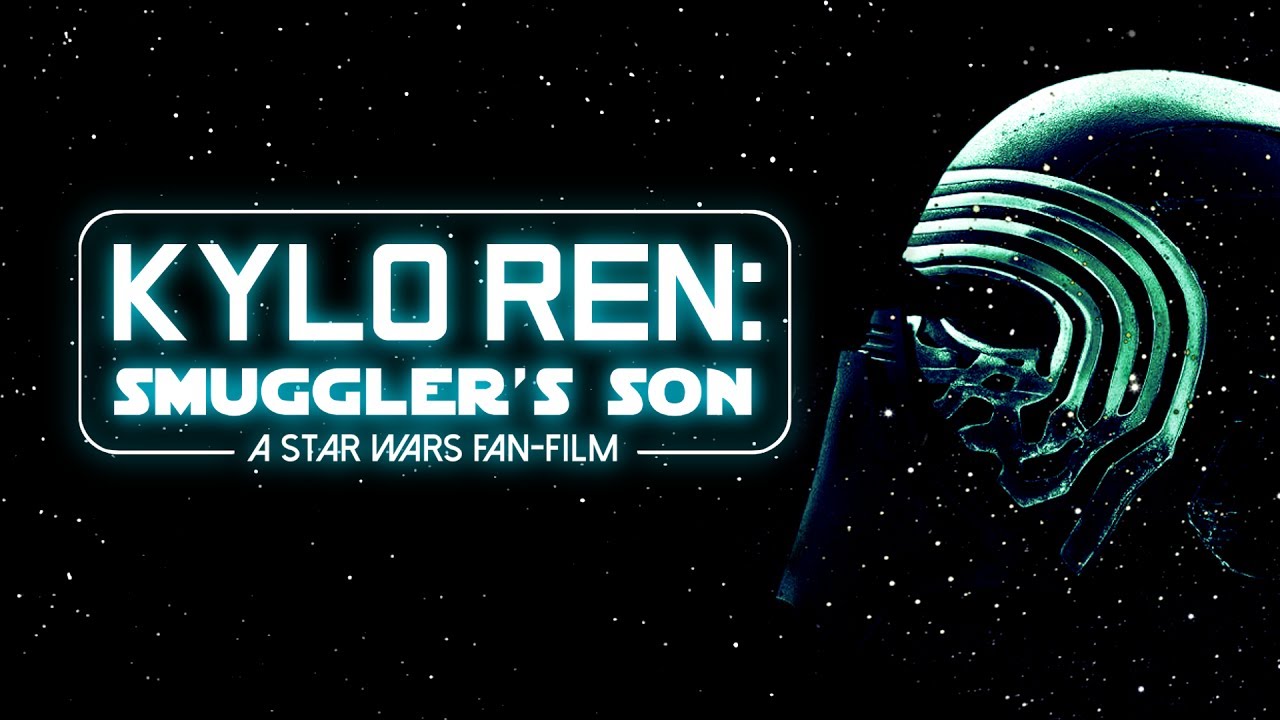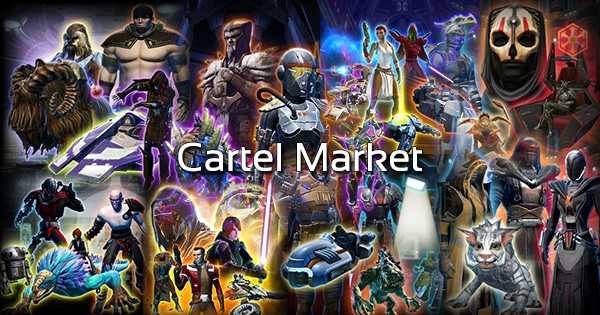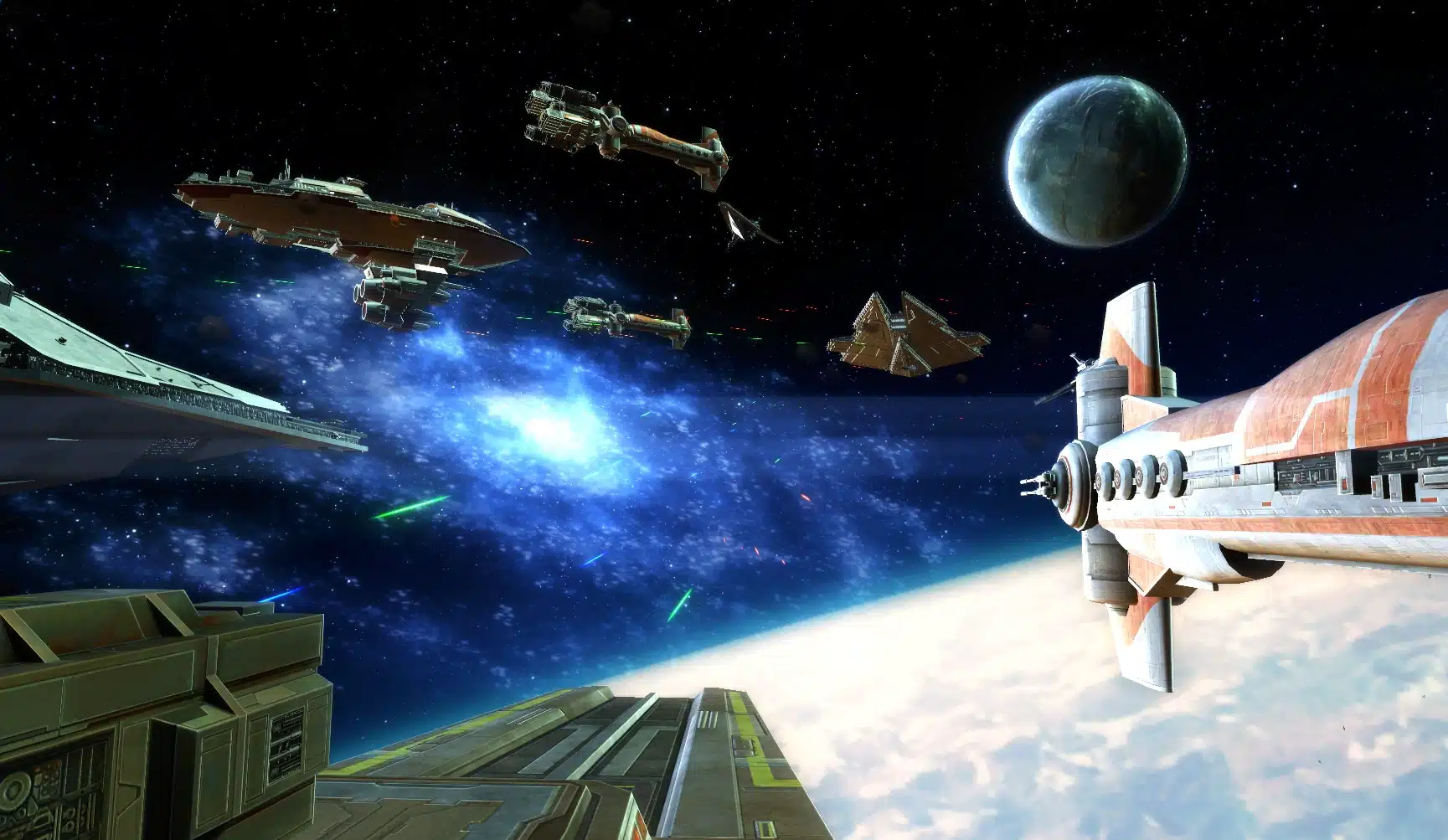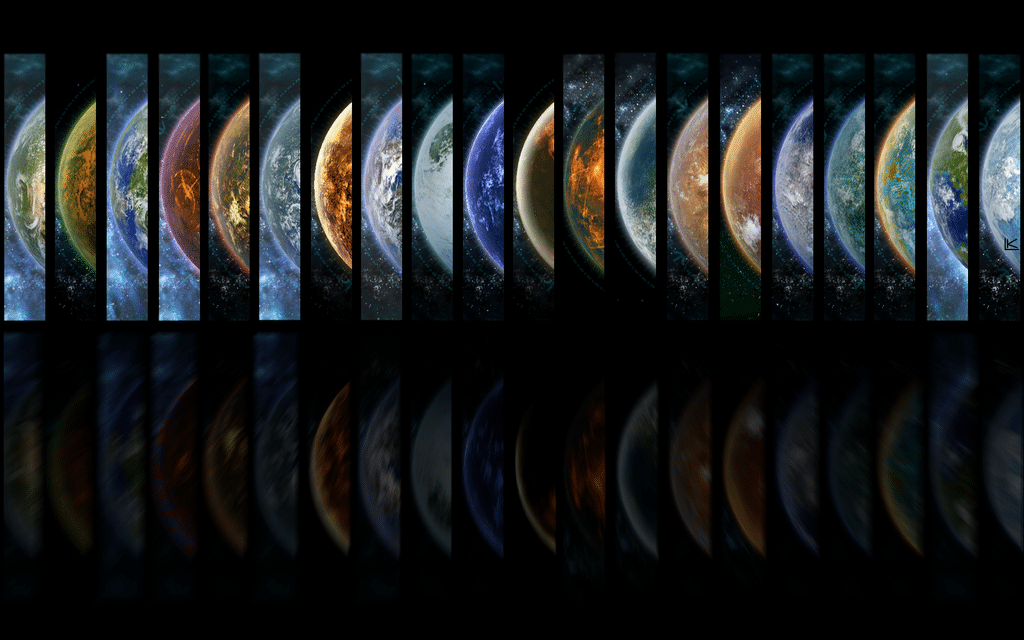Star Wars: Rebellion is a classic real-time strategy game that was developed by Coolhand Interactive and published by LucasArts in 1998. Set in the iconic Star Wars universe, Rebellion allows players to experience the thrills and challenges of commanding the Rebel Alliance or the Galactic Empire during the Galactic Civil War. In this in-depth look at the game, we will examine its storyline, gameplay mechanics, reception, and lasting impact on the Star Wars gaming community.
I. Storyline and Setting
Star Wars: Rebellion is set in the time period between Episode IV: A New Hope and Episode V: The Empire Strikes Back. As players assume control of either the Rebel Alliance or the Galactic Empire, they have the opportunity to rewrite the history of the galaxy. The primary objective for the Rebel Alliance is to find and destroy the Empire’s secret weapon, the Death Star, while also protecting their own hidden base. On the other hand, the Empire’s goal is to crush the Rebel Alliance by locating and destroying their headquarters.
Throughout the game, players can interact with numerous characters from the Star Wars universe, including Luke Skywalker, Darth Vader, and Princess Leia. The game also introduces a variety of new characters and units, providing a unique and immersive experience for fans of the franchise.
II. Gameplay Mechanics
A. Resource Management and Base Building
At the core of Star Wars: Rebellion’s gameplay is the concept of resource management. Players must collect and manage a variety of resources, including mines, refineries, and factories, to produce units and maintain their war effort. Additionally, players must strategically build and upgrade their bases to defend against enemy attacks and gather intelligence.
The galaxy is divided into sectors, each containing multiple planets. Players can conquer and control planets, utilizing their resources and building up their forces. A key aspect of the game is striking a balance between allocating resources for military purposes and ensuring the loyalty of the planets under your control. Unhappy populations can lead to uprisings or planets defecting to the other side.
B. Units and Characters
Star Wars: Rebellion offers a diverse selection of units, ranging from infantry and vehicles to starships and space stations. Players can deploy ground troops, such as Stormtroopers and Rebel soldiers, to engage in planetary combat, or command fleets of starships, like X-Wings and Star Destroyers, to wage epic space battles.
In addition to standard units, the game features prominent characters from the Star Wars universe, referred to as “personnel.” These characters possess unique abilities and can be assigned to various roles, such as fleet commanders, diplomats, or espionage agents. The strategic use of personnel is crucial to achieving victory, as they can turn the tide of a battle, sway a planet’s allegiance, or uncover vital information about the enemy’s plans.
C. Combat and Strategy
Combat in Star Wars: Rebellion occurs on two distinct levels: ground combat and space combat. Ground combat involves deploying troops, vehicles, and even heroes to capture or defend planets. Space combat, on the other hand, consists of large-scale engagements between fleets of starships and space stations. Players must devise tactical strategies to exploit the strengths of their units and exploit the weaknesses of their enemies.
The game also emphasizes the importance of strategy and planning. Players must gather intelligence on their opponents, set up supply lines, and coordinate their forces to achieve their objectives. Deception and misdirection play a significant role, as players can send false information to their enemies or use covert operations to sabotage their plans.
III. Reception
Upon its release, Star Wars: Rebellion received mixed to positive reviews from critics and players alike. The game was praised for its depth, strategic gameplay, and faithful recreation of the Star Wars universe. Fans of the franchise appreciated the inclusion of well-known characters and the opportunity to explore the galaxy in greater detail. The game’s visuals and sound design also garnered positive feedback, with many players enjoying the familiar sights and sounds of the Star Wars universe.
However, some critics pointed out that the game’s user interface and controls were not as intuitive as they could have been, leading to a steep learning curve for new players. Additionally, the game’s AI was sometimes criticized for being either too easy or too difficult, depending on the player’s chosen difficulty setting.
Despite these criticisms, Star Wars: Rebellion managed to carve out a niche within the real-time strategy genre and the Star Wars gaming community. Over the years, it has maintained a dedicated fan base that continues to play and discuss the game. Some fans have even created mods and updates to improve certain aspects of the game, such as graphics and AI behavior, demonstrating the lasting impact of Star Wars: Rebellion on its audience.
IV. Legacy
While Star Wars: Rebellion may not have achieved the same level of success as other titles in the franchise, it remains an important part of the Star Wars gaming history. Its innovative approach to combining real-time strategy gameplay with the rich lore of the Star Wars universe laid the groundwork for future games in the series, such as Star Wars: Empire at War.
Furthermore, Rebellion played a role in expanding the Star Wars universe beyond the scope of the films, introducing new characters, planets, and storylines that have been incorporated into the broader Star Wars canon. Many fans consider the game as one of the best Star Wars strategy games, offering a unique experience that blends resource management, diplomacy, and combat within the beloved galaxy far, far away.
In conclusion, Star Wars: Rebellion is a classic strategy game that allowed players to delve deep into the Star Wars universe and take control of the epic struggle between the Rebel Alliance and the Galactic Empire. Though it may have had its flaws, the game’s engaging gameplay, rich storyline, and memorable characters have left a lasting impression on the gaming community. As fans continue to revisit the game and explore new ways to enjoy it, Star Wars: Rebellion stands as a testament to the enduring appeal of the Star Wars franchise and the potential for innovative gameplay within its expansive universe.


